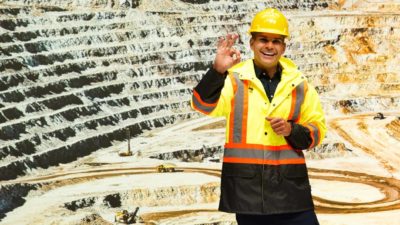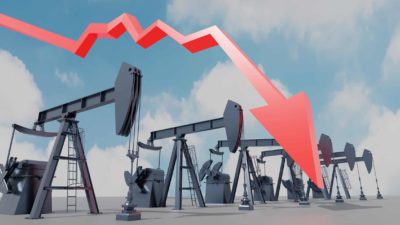Whether you're actively investing in ASX shares or just following the markets, if the past few months have reinforced anything it's that interest rates matter.
Higher rates increase the appeal of investing in new bonds, whose yields will increase. And higher rates will trickle over into savings deposits, increasing the appeal of less risky cash holdings.
On the company side, higher rates increase the costs of funding, which will impact ASX shares with large debts particularly hard.
ASX shares spiralling lower since first rate rise
On 3 May, the Reserve Bank of Australia (RBA) raised the official cash rate for the first time since November 2010. Yep, ASX share investors enjoyed more than 11 years of flat or falling rates.
May's 0.25% increase brought the cash rate to 0.35% from the record low of 0.10%. On 7 June that was followed by another 0.50% hike, lifting the rate to the current 0.85%.
The S&P/ASX 200 Index (ASX: XJO) fell both times in the 90 minutes of trading remaining following the RBA's announcement.
And since the closing bell on 2 May just before the RBA's first rate hike in 11 years, the top 200 ASX shares by market cap are down by 9.6%.
Now the Aussie market is also impacted by outside forces, like Russia's invasion of Ukraine and rate hikes from the US Federal Reserve. But clearly, the RBA's policy decisions have a strong influence.
So, what can investors expect next?
Aussie inflation to top 7%
Interest rates are ratcheting higher after more than a decade because inflation has re-emerged from a lengthy hibernation, pressuring ASX shares.
The reasons for fast rising local and global prices are myriad, and beyond the scope of this article.
But according to RBA governor Philip Lowe, addressing ABC's 7.30, we can expect inflation to increase from the most recent figures of 5.1% to a "very high" 7% by the end of 2022.
He expects inflation to begin to recede in 2023. Not that prices will be falling. But they'll be rising more slowly, partly because those numbers will be calculated on the price increases already recorded in 2022.
According to Lowe, the central bank will do "what's necessary" to bring inflation back in line with its 2% to 3% target range.
Lowe added (courtesy of the Australian Financial Review):
It's unclear at the moment how far interest rates will need to go up to get that. I'm confident that inflation will come down over time but we'll have to have higher interest rates to get that outcome…
When there's a lot of pressure on capacity, prices go up and higher interest rates will establish a better balance between spending and the ability of the economy to produce goods and services.
A "reasonable expectation", Lowe said, was for the cash rate to eventually hit 2.5%. That's 1.65% above the current rate.
It's not just ASX shares under rate hike pressure
While higher rates will throw up headwinds for the growth outlook of many ASX shares, they'll also put pressure on households or investors holding large mortgages.
Since the early days of the pandemic, when the RBA began rapidly cutting rates, average national house prices have leapt 25%.
Addressing the housing issue, Lowe said:
We know that swings in housing prices affect people's consumption decisions. Many people feel if the value of their house has fallen, they're going to spend a bit less. We've got to remember as well that households have saved this extra $250 billion and the current rate of savings is very high.
And unemployment is low and the number of job vacancies at the moment is extraordinarily high. So there are a lot of other factors that are influencing consumption other than housing prices and our job is to work out what the balance is amongst all those factors.









